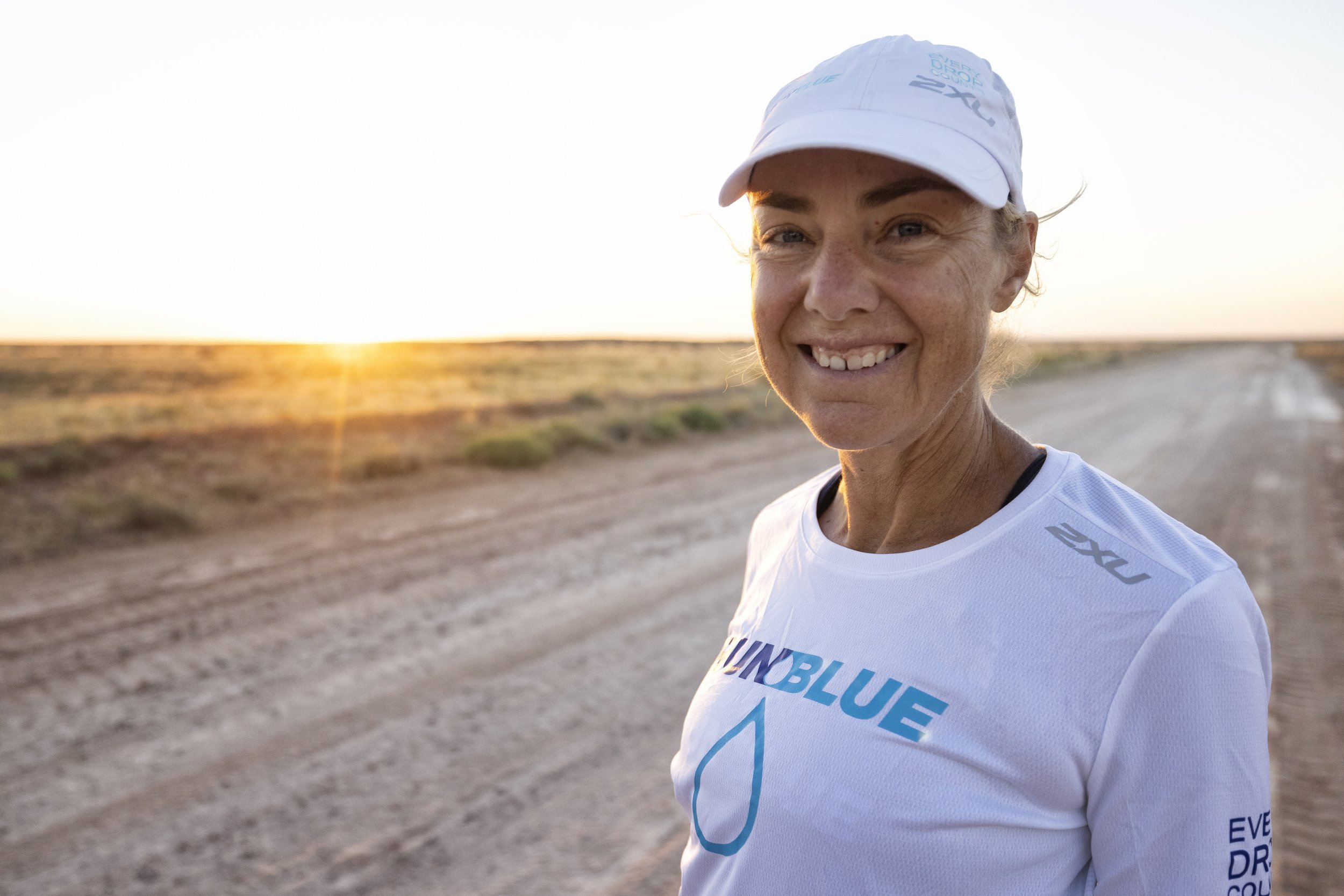
run your
company
blue
WHY RUN YOUR COMPANY BLUE?
Currently 66% of companies face substantial water risk, in direct operations or in their supply chains. By 2030, our global demand for water will exceed supply by 40%.
The water crisis already has major financial implications on business bottom lines across industries ranging from agriculture to textiles to building supplies, and this is set to continue - bringing the potential for huge negative reputational risks.
Joining the RUN BLUE movement puts companies in a strong position where they have a leadership role in helping to solve the water crisis.
RUN BLUE
|
RUN BLUE |
how to run your company blue
Joining RUN BLUE is easy – and when you commit to RUN your company BLUE, you commit to water action that protects your company, your reputation and the planet’s freshwater supplies. There are three simple steps.
-
Assess your water risk.
-
Understand the gaps between where you are and where you need to be.
-
Make a plan to reach your goals and implement it internally or by working with existing initiatives.

six for 6
We have developed a tool called ‘Six for 6’ - based on the UN Sustainable Development Goal 6. Its aim is to help you to see where your company could improve on its sustainable use of water.
THIRD-PARTY WATER RISK ASSESSMENT TOOLS
Ending the water crisis is a collaborative effort. These excellent tools are readily available for you to view your region’s water risk and work from this point to do your part to improve it.
THE WWF Water Risk Filter
This is a corporate and portfolio-level screening tool to help companies and investors to prioritize action on what and where it matters the most to address water risks for enhancing business resilience and contributing to a sustainable future.
the wri ‘Aqueduct’ tool set
Aqueduct’s tools use open-source, peer reviewed data to map water risks such as floods, droughts and stress. Aqueduct’s tools include the Aqueduct Water Risk Atlas, which maps and analyzes current and future water risks across locations; Aqueduct Country Rankings, which allows decision-makers to understand and compare national and subnational water risks; Aqueduct Food, which identifies current and future water risks to agriculture and food security; and Aqueduct Floods, which identifies coastal and riverine flood risks, and analyzes the costs and benefits of investing in flood protection.







